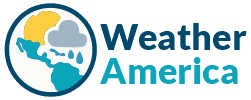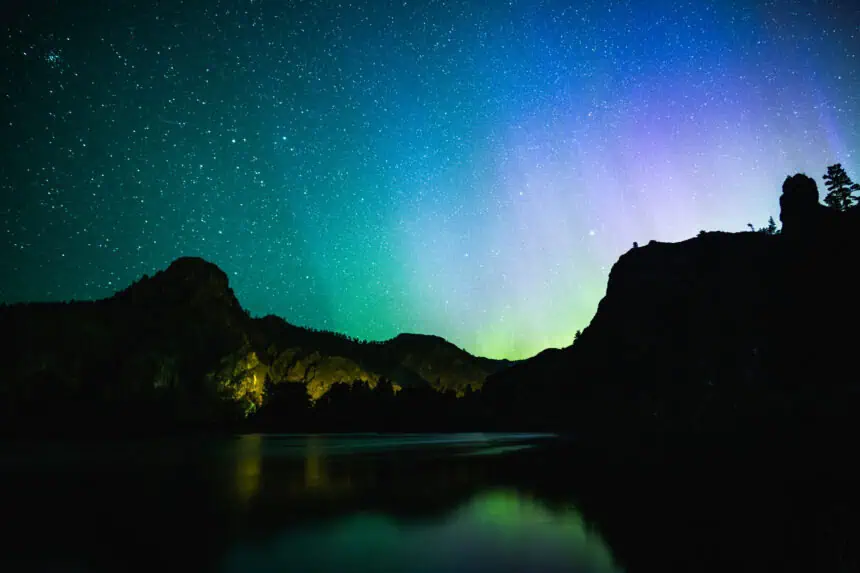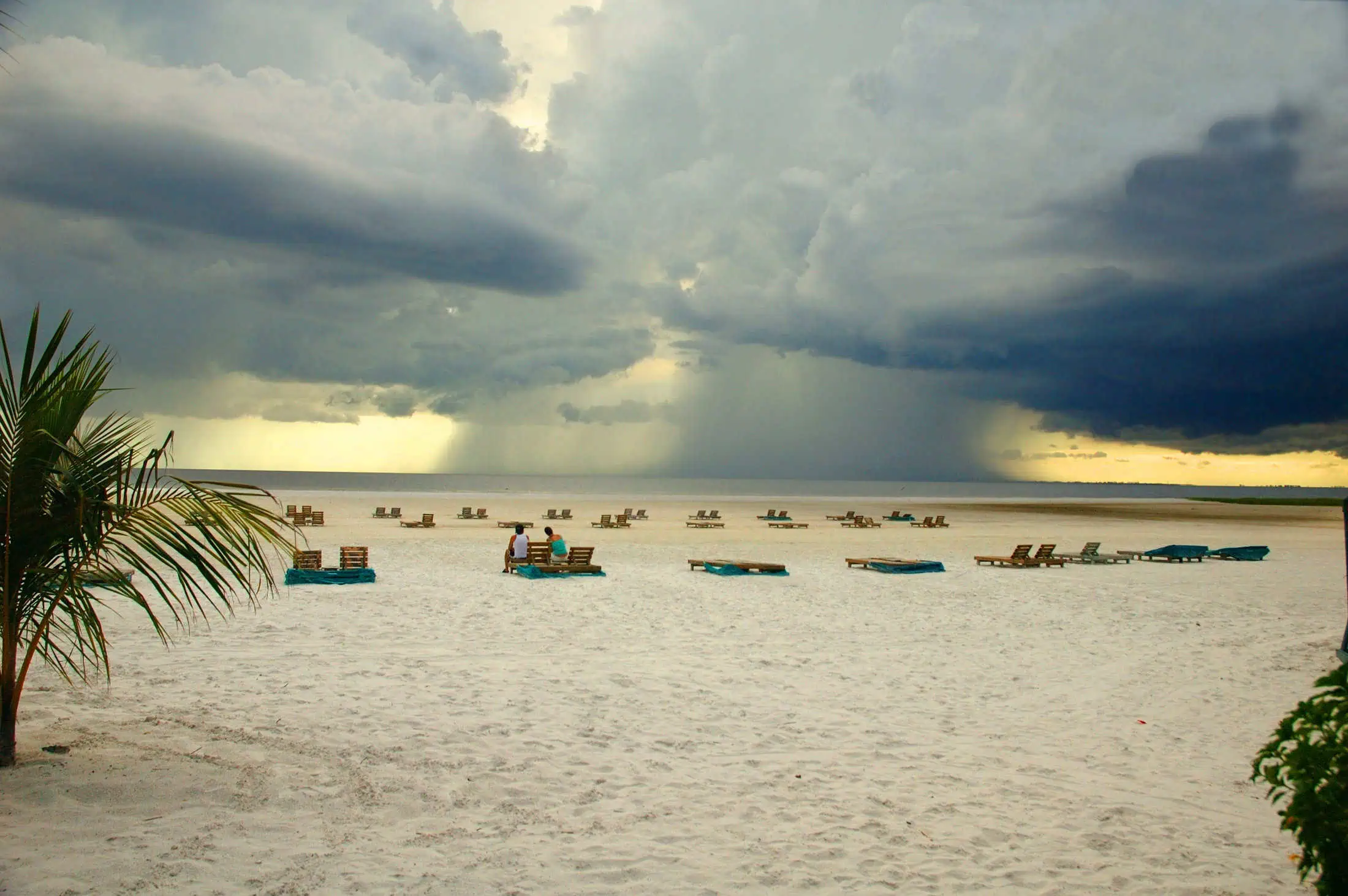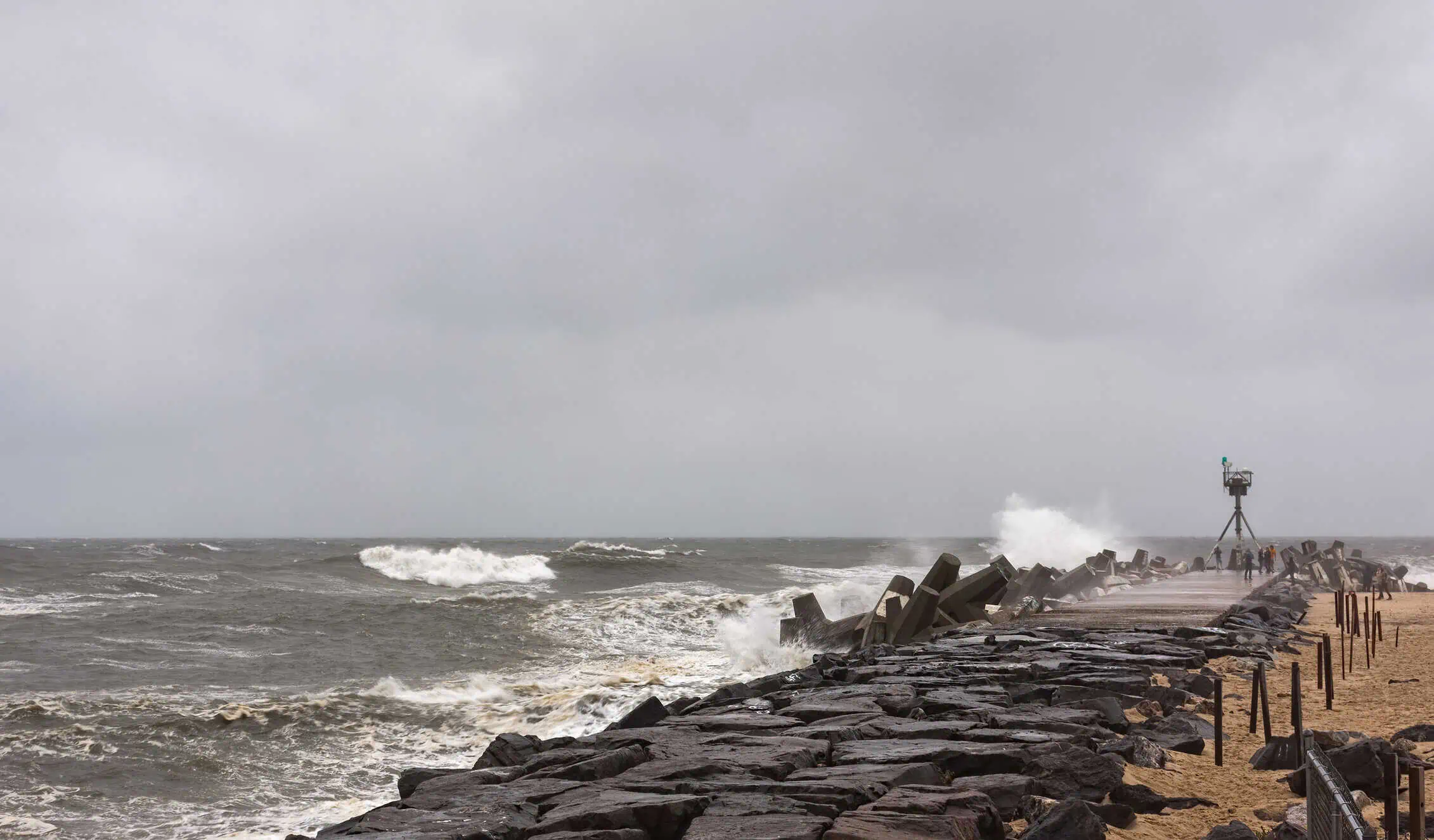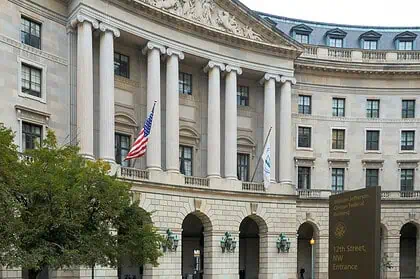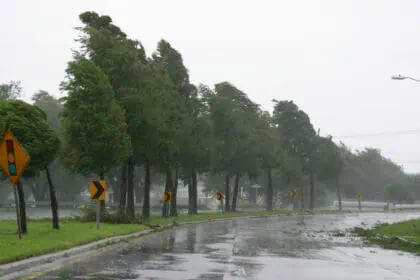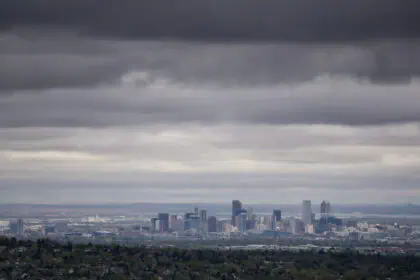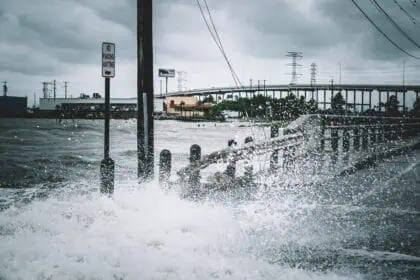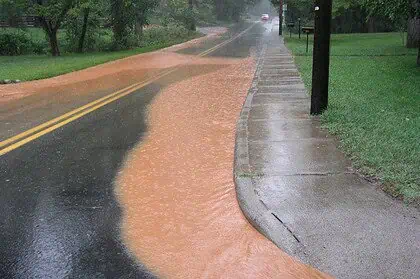A spectacular northern lights display is forecast for Wednesday night, with residents across 10 northern U.S. states possibly witnessing the Aurora Borealis, according to the National Oceanic and Atmospheric Administration (NOAA). A similar light show is likely again on Thursday night, thanks to continued geomagnetic activity.
Where the northern lights may be visible Wednesday night
A Kp index of 4 is forecast for the night of Wednesday, July 3, indicating moderate geomagnetic activity. This level often supports widespread aurora visibility across the northern tier of the country, particularly in areas with minimal light pollution and clear skies.
Residents in northern parts of the Midwest and Northeast have the highest chances of seeing the northern lights, especially the farther north they are from the predicted visibility line.
The states where the Aurora Borealis could be visible include:
Alaska, northern Washington, northern Idaho, Montana, North Dakota, northern South Dakota, Minnesota, northern Wisconsin, northern Michigan, and northern Maine.
For those who miss Wednesday’s display, NOAA has confirmed that Thursday night could bring similar auroral conditions, with the Kp index again expected to reach 4.
Best hours to view the aurora
The most favorable window to observe the northern lights is between 10 p.m. and 2 a.m. local time, when the skies are darkest and the geomagnetic activity peaks. Observers should aim for elevated, open areas with a clear northern horizon and little to no artificial light.
Tips for photographing the northern lights
For those hoping to capture the celestial display, traditional cameras perform best with wide-angle lenses, low aperture settings, and sturdy tripods. Smartphone users should activate night mode and disable the flash. A tripod can significantly enhance image clarity even on mobile devices.
Why this is happening now
The current surge in auroral activity is linked to the solar maximum—the peak of the Sun’s 11-year cycle. During this phase, solar flares and coronal mass ejections are more frequent, feeding the Earth’s magnetosphere with the energy needed for vivid auroral displays.
According to NASA and NOAA, we can expect continued aurora activity into 2026, with many nights offering a high chance for northern lights sightings in the Northern U.S. and Canada.
